|
Does it make any sense to write poetry after the enlightenment, or to paint in the age of digital technology? Along with his daughter, Pavel Štýbr, who was born in 1957 and resides in Pilsen, began to paint after 911 and from that time has created volumes of photographs, collages, assemblages and paintings. His roots lie in Czech landscape painting such as the work of Vaclav Rabas, but are also rooted in the works of Henri Matisse, from which he has developed a succinct abstract statement embracing all the categories that he devotes himself to. His development has crossed the path of current Neo-Dadaist tendencies and briefly Art Brut. He comes with the assignment to test the possibility of doing something twice, or at least seemingly twice, with the mission to express himself and to discover that his most adequate expressions are dripping wide streaks. Say the terms “composition” and “horizontal strips” and say the word feather quilt – can you hear the difference? When painting, Štýbr employs a dripping technique because he is adverse to the brush and when he is photographing he seeks out abstract subject matter akin to the themes in his paintings. His first works were boards from paper mills upon which he created rhythmic structures of thickened waves of lined paper. Delicate geometric acrylic paintings on canvas which he currently devotes himself to, that seemingly arise from musical compositions, furniture and kitchen utensil design, intertwined with landscapes, consecutively create a continuum of the hermetic process, which we endure and tensely follow because it is charged with passion and a certain narrative logic. What comes next? Dots, stripes or dots and stripes? Up to now he has only had solo exhibitions of his photographs and “photo-comics,” curated by Jiri Valoch in his Kabinet gallery, in Brno (2007) and Prague’s Pecka Gallery (2004), and as a host in the retrospective exhibition of Vladimir Kokolia at the Brno House of Culture (2003). As a painter, Štýbr is still awaiting recognition and evaluation. His devices are continuity, charisma and the fact that he knows exactly why and when he has taken the steps that he has. With undue energy, he has appropriated what we could call the denial of “originality,” “innovation” as well as “art history.”


Рекомендуемые статьи

|
|
Borrowing heavily from fairy tales, fables and science fiction, the art of Magda Tóthová revolves around modern utopias and social models and their failures. Her works address personal and social issues, both the private and the political. The stylistic device of personification is central to the social criticism emblematic of her work and to the negotiation of concepts used to construct norms.…
|

|
|
If you know your way around, you might discover that every month and maybe even every week you stand the chance to receive money for your cultural project. Successful applicants have enough money, average applicants have enough to keep their mouths shut, and the unsuccessful ones are kept in check by the chance that they might get lucky in the future. One natural result has been the emergence of…
|

|
|
Goff & Rosenthal gallery, Berlin, November 18 - December 30, 2006
Society permanently renegotiates the definition of drugs and our relationship towards them. In his forty-five minute found-footage film The Conquest of Happiness, produced in 2005, Oliver Pietsch, a Berlin-based video artist, demonstrates which drugs society can accommodate, which it cannot, and how the story of the drugs can be…
|

|
|
Author dreaming of a future without censorship we have never got rid of.
It seems, that people don‘t care while it grows stronger again.
|
|








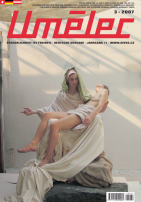


















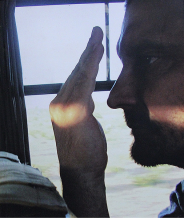
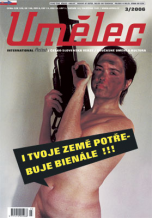
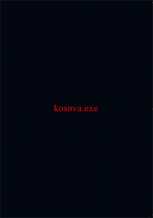
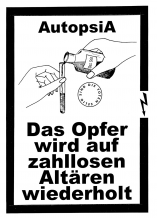


 New book by I.M.Jirous in English at our online bookshop.
New book by I.M.Jirous in English at our online bookshop.
Комментарии
Статья не была прокомментированаДобавить новый комментарий